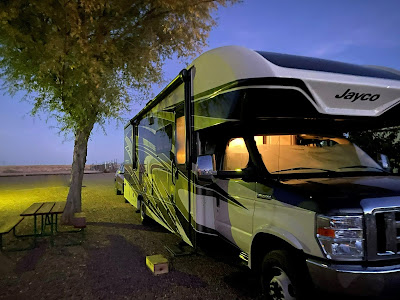Two more lifers! Numbers 309 and 310.
The first was a Wilson's Phalarope, down on Shelburne Bay. It was spotted early in the morning from the access area with some Lesser Yellowlegs along the beach. When Dennis and I got there later in the day, several other birders were already looking for it. One of them found it shortly. A lovely little shorebird who is supposed to be in the western part of the country right now, and he was feeding with great gusto, probing the sand with his long bill and turning around and going in a different direction so quickly it was hard to keep him in view.
While I was focused on him, two fishermen came up behind me, and one of them asked, "What is that amazing bird?"
I was baffled for a second because there was no way they could see the phalarope without magnification. Then I realized they were gazing at a Great Egret, standing in the shallow water close by. It was beautiful, pure white, regal, and much more common than the object of my attention. I hadn't exactly overlooked the egret, but I hadn't been staring at it, the way the two fishermen assumed I was. I told them it was an egret, and then mentioned that there was a much rarer bird further down the beach, and that's what the other birders and I had come to see. One of them said, "Oh, so you're a birdwatcher?" I said I was, and they nodded. Then they thanked me for identifying the egret and went on their way. I watched the phalarope for a while longer, then took a photo of the egret, and went on my way, too.
A few days later, reports of a Brown Booby started appearing on my eBird feed, down near Bennington on Lake Paran. At first I didn't believe it, because boobies are tropical oceanic birds, but hurricanes are known for blowing birds all around the world, and there have been two hurricanes up our way recently. So the next morning, Dennis and I headed off on a road trip, even though there had been no new reports of the booby since late afternoon. We were almost to our destination, pretty sure we were going to be disappointed, when an eBird report popped up of a Brown Booby at Emerald Lake State Park, which was about half an hour north of Lake Paran. So we changed course, and at the gate, we were told that yes, someone had mentioned seeing a rare bird earlier that morning. We paid our entrance fee and followed the trail to the lake, but there was no booby waiting for us. Undaunted, we took the path along the water's edge, hoping the bird hadn't just made a quick stop here. I walked slowly, scrutinizing the shoreline, while Dennis went ahead. Suddenly he called out, and I caught up to him just in time to see an amazing bird flying up the lake. It passed right over our heads, looking down, as if it was as interested in a pair of Vermonters as we were of it.
Boobys look, to my Vermont eye, very foreign. They have long, narrow, pointed wings, a thick, long bill, and a distinct brown back and head and white bellies. This one swept over us, dove for a fish, and vanished toward the area we'd just come from. We hurried in its wake just in time to see it land in a thick evergreen. Immediately, someone having lunch with their family called out, "What was that bird?"
As I explained, another birder arrived, and I happily pointed it out to her. We watched it sitting and preening its feathers for about twenty minutes before it headed back to the southern end of the lake. I made my eBird report, and then Dennis and I sat down at a picnic table and ate our lunch, directing the birders who began to arrive to where they could likely spot it.
I'm used to the comradery of birders, but it's always so nice when people who aren't necessarily out looking for birds get interested, too, drawn in by a bird's beauty or striking presence. I always hope that sharing my enthusiasm with someone new might be what triggers them to look more closely at the next bird that catches their eye. And right now, anything that draws people together instead of pushing them apart is a good thing.
As of Sunday, September 5, the Wilson's Phalarope has moved on. But the Brown Booby is still at Emerald Lake State Park. Go, hurry, it's awesome!














